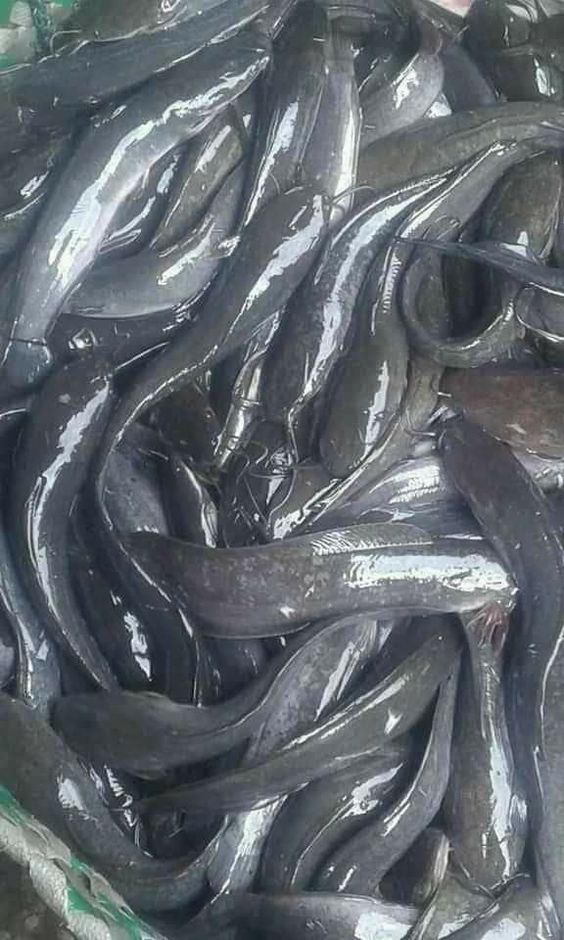Delving into the Depths of Deliciousness: A Guide to Cheap Catfish
Cheap Catfish, with its mild flavor and versatility, has become a popular seafood choice around the globe. It’s packed with essential nutrients and boasts a budget-friendly price tag, making it an ideal protein source for many. But when it comes to “cheap catfish,” some questions and concerns arise. This guide aims to shed light on everything you need to know about this affordable fish, separating myths from facts and offering tips for getting the most out of your catfish experience.
Contents
The Allure of Affordability:
Catfish’s affordability stems from several factors. Firstly, it’s a hardy fish that thrives in various environments, making it readily available and farmed efficiently. Secondly, compared to other seafood options, catfish requires less processing and packaging, minimizing additional costs. This translates to lower prices for consumers, making it an accessible protein source for budget-conscious households.
Busting the Myths:
Despite its affordability, misconceptions surround cheap catfish. Some worry about quality, sustainability, and potential health risks. Let’s address these concerns:
Quality: Cheap doesn’t always equate to inferior. Farm-raised catfish, the most common variety, adheres to strict regulations and undergoes rigorous quality checks. While there may be slight variations in taste and texture depending on the farm and processing methods, the overall quality can be excellent.
Sustainability: Concerns about overfishing are valid, but they don’t necessarily apply to all catfish. Choose catfish raised through responsible aquaculture practices, certified by organizations like the Aquaculture Stewardship Council (ASC). These certifications ensure environmentally sound and sustainable farming methods.
Health Risks: Some might have heard concerns about contaminants in farm-raised fish. While this was a problem in the past, stricter regulations and improved farming practices have significantly reduced such risks. Additionally, catfish is naturally low in mercury and other contaminants, making it a safe and healthy choice.
Embracing the Versatility Cheap Catfish:
Catfish’s mild flavor and firm texture make it incredibly versatile in the kitchen. Here are some ways to enjoy it:
Fried: A classic Southern favorite, fried catfish offers a crispy exterior and moist interior. Opt for healthier air-frying methods to reduce fat content.
Grilled: Grilling infuses catfish with a smoky flavor, perfect for summer cookouts. Marinate it beforehand for added depth of taste.
Baked: Baking is a healthy and convenient option. Experiment with different herbs and spices to create unique flavor profiles.
Catfish stews and curries: Catfish shines in rich, flavorful stews and curries. Its firm texture holds well and readily absorbs the spices, making it a hearty and satisfying dish.
Catfish tacos: Shredded catfish makes delicious and healthy taco fillings. Top them with your favorite salsa, avocado, and other toppings.
Shopping Savvy Cheap Catfish:
Here are some tips for getting the most out of your cheap catfish purchase:
Shop local: Look for catfish raised and sold locally to support your community and potentially get fresher fish.
Compare prices: Check different stores and markets for the best deals. Often, bulk buying can be more economical.
Consider frozen options: Frozen catfish is often flash-frozen at peak freshness, retaining its quality and offering convenience.
Don’t be afraid to ask questions: When buying from a fishmonger, inquire about the origin, farming practices, and any certifications to ensure responsible sourcing.
In Conclusion Cheap Catfish:
Cheap catfish, when sourced responsibly and prepared thoughtfully, can be a delicious, nutritious, and budget-friendly addition to your diet. By understanding the realities behind its affordability, dispelling myths, and embracing its culinary versatility, you can get the most out of this delightful fish. So, next time you’re looking for an affordable and satisfying protein option, remember the humble catfish – it might just surprise you with its depth of flavor and culinary possibilities.






